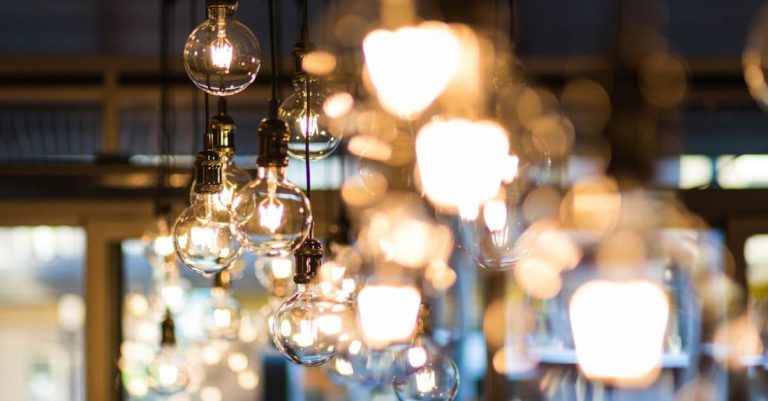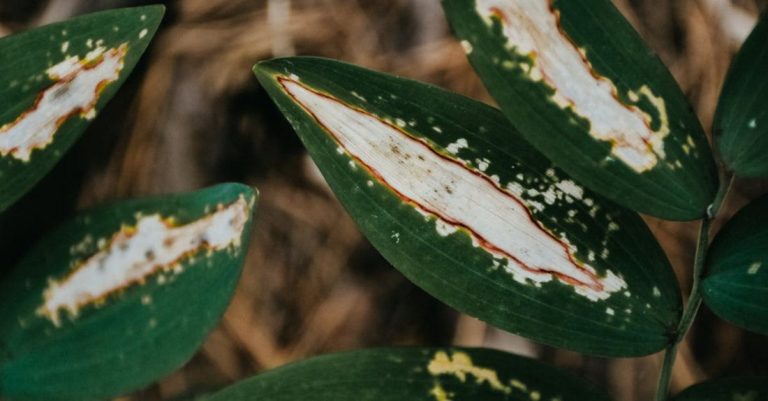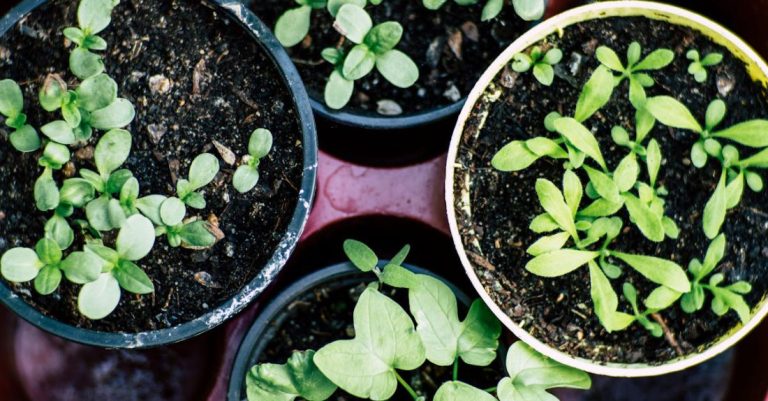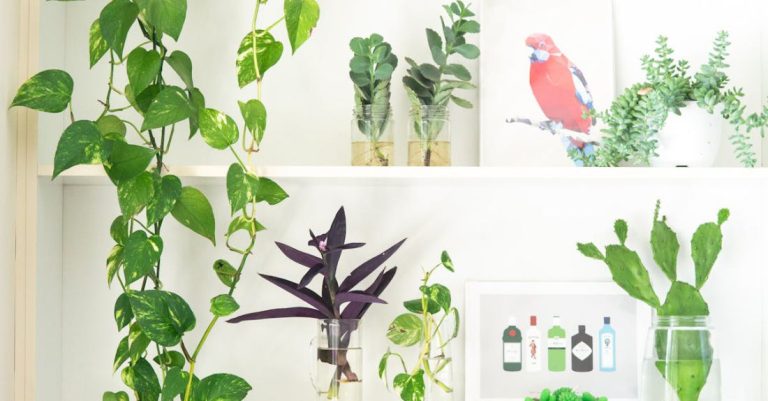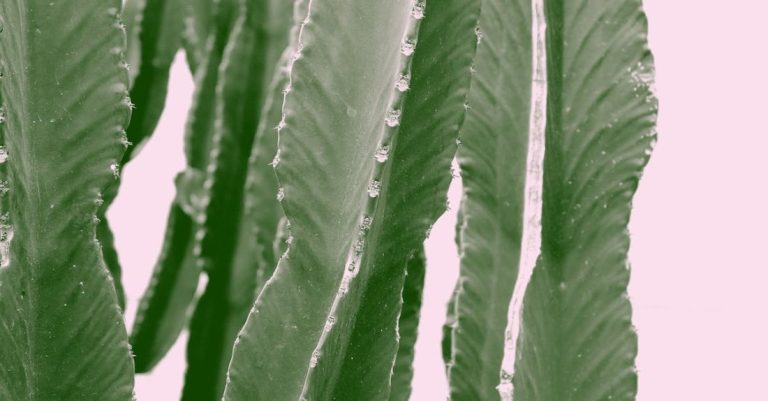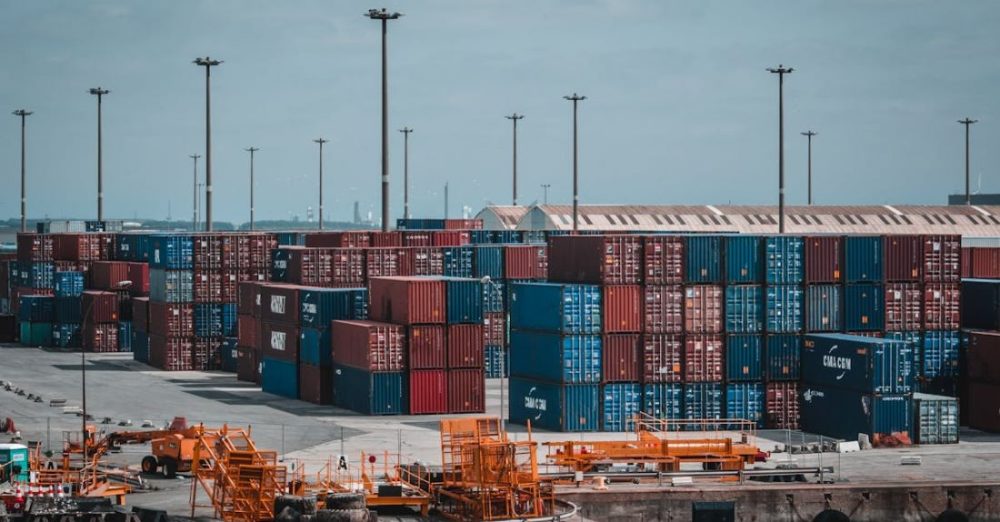
Creating an indoor garden can bring a touch of nature into your living space, providing a green oasis and improving air quality. Choosing the right containers for your indoor plants is crucial to their growth and overall health. With a vast array of options available, selecting the perfect containers can be overwhelming. Here are some tips to help you choose the right containers for your indoor gardening needs.
Consider Plant Size and Growth
When selecting containers for indoor gardening, it is essential to consider the size and growth habits of your plants. Different plants have varying root systems and growth patterns, so it is crucial to choose containers that provide enough space for your plants to thrive. For plants with shallow roots, such as herbs and succulents, shallow containers are ideal. On the other hand, plants with deep roots, like tomatoes and peppers, require deeper containers to accommodate their root systems.
Choose the Right Material
Containers for indoor gardening come in a variety of materials, each with its own set of pros and cons. Terracotta pots are a popular choice due to their classic look and breathability, which helps prevent overwatering. However, terracotta pots can dry out quickly and may require more frequent watering. Plastic containers are lightweight, affordable, and retain moisture well, making them suitable for plants that require consistent moisture levels. Ceramic pots are stylish and come in a range of colors and designs, but they can be heavy and prone to breakage.
Consider Drainage
Proper drainage is essential for the health of your indoor plants. Without adequate drainage, excess water can accumulate in the soil, leading to root rot and other issues. When selecting containers for indoor gardening, look for pots with drainage holes at the bottom to allow excess water to escape. If you fall in love with a container that lacks drainage holes, you can create your own by drilling holes in the bottom. Additionally, using a layer of rocks or gravel at the bottom of the pot can help improve drainage.
Match Containers to Plant Needs
Different plants have varying moisture and sunlight requirements, so it is essential to match your containers to the needs of your plants. For moisture-loving plants, choose containers that retain moisture well, such as plastic pots or glazed ceramic containers. Plants that prefer well-draining soil, like cacti and succulents, thrive in terracotta or unglazed ceramic pots that allow excess water to evaporate. Additionally, consider the size of the container in relation to the plant’s size and growth habits to ensure that it has enough room to flourish.
Think About Aesthetics
In addition to considering the practical aspects of container selection, don’t forget to think about the aesthetics of your indoor garden. Choose containers that complement your decor and personal style, whether you prefer sleek modern designs, rustic terracotta pots, or colorful ceramic planters. Mixing and matching different container styles and sizes can create visual interest and add personality to your indoor garden.
Experiment with Creative Containers
While traditional pots and planters are popular choices for indoor gardening, don’t be afraid to get creative with your container selection. Upcycled items like mason jars, tin cans, and wooden crates can make unique and eye-catching planters. Hanging baskets, wall-mounted planters, and vertical gardens are excellent space-saving options for small indoor spaces. Get creative and think outside the box when choosing containers for your indoor garden to create a one-of-a-kind green oasis in your home.
Incorporate Self-Watering Containers
If you tend to forget to water your plants regularly, self-watering containers can be a lifesaver. These containers feature a reservoir at the bottom that allows the plant to absorb water as needed, reducing the risk of overwatering or underwatering. Self-watering containers are available in a variety of styles and sizes, making them a convenient option for busy plant owners or those with a hectic schedule.
Conclusion: Finding the Perfect Containers
Choosing the right containers for indoor gardening is a crucial step in creating a thriving indoor garden. By considering factors such as plant size, material, drainage, plant needs, aesthetics, and creativity, you can select containers that not only provide a suitable environment for your plants but also enhance the beauty of your living space. Experiment with different container styles and sizes to find the perfect match for your indoor garden and enjoy the benefits of bringing nature indoors.

